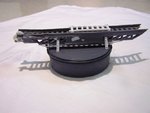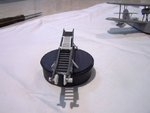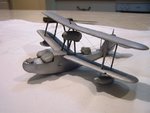- Thread starter
- #121
parsifal
Colonel
i got it vic and thanks heaps. it will be a big help.
ive done the recovery respray and it looks much better. no wonder though that valom describes it as a 'light Grey" it does look light grey in some ways, just not the grey i used.....iwill post new pics once the coat is dry
ive done the recovery respray and it looks much better. no wonder though that valom describes it as a 'light Grey" it does look light grey in some ways, just not the grey i used.....iwill post new pics once the coat is dry




